China is a traveler's dream, a vast land where ancient history and breathtaking natural beauty exist in perfect harmony. For any first-time visitor, the sheer number of iconic sites can be overwhelming. This guide is designed to be your comprehensive companion, walking you through China's most unmissable destinations. We'll explore not just what to see, but how to truly experience the essence of each location, ensuring your journey is as smooth as it is unforgettable.
Let's begin our journey in the nation's capital, a city where imperial grandeur meets modern dynamism. No trip to Beijing is complete without standing on the great stone dragon that snakes across the northern mountains. The Great Wall of China is more than a monument; it's a testament to human perseverance. While the sections near Beijing, like Badaling, are popular for their restored grandeur, consider visiting Mutianyu for a slightly less crowded experience with equally stunning views. The key to enjoying the Wall is to go early in the morning, wear comfortable shoes with good grip, and take your time. Remember, you are walking on history itself.
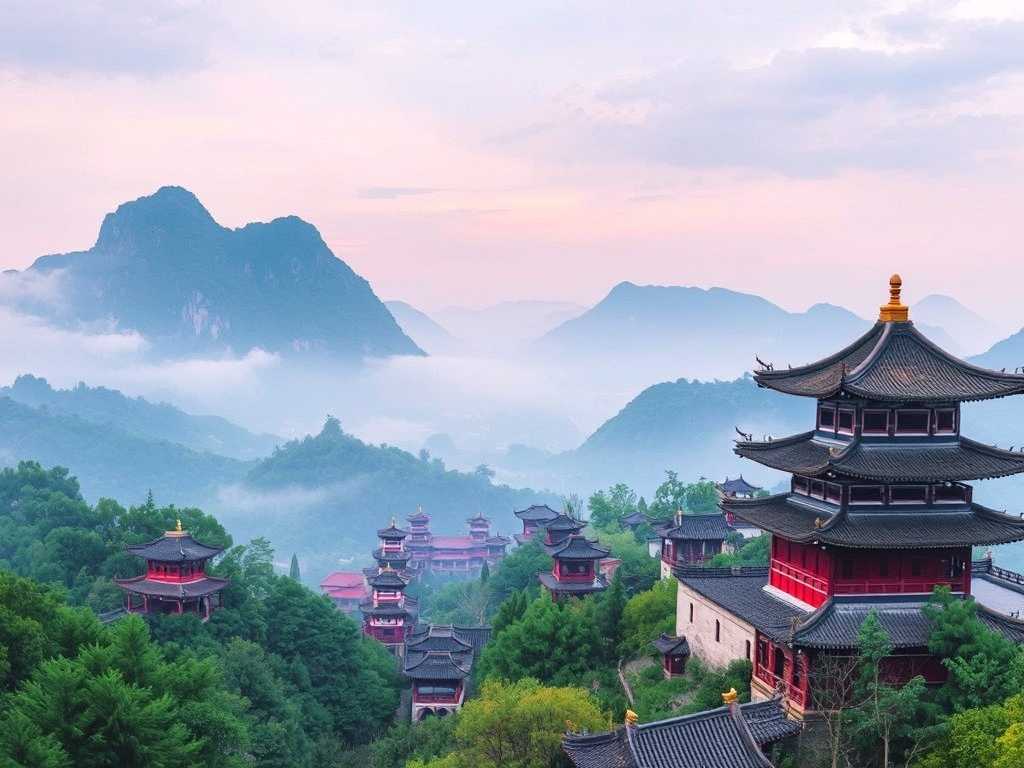
Just a short journey from the Wall lies the heart of imperial China. The Forbidden City is a sprawling complex of palaces and courtyards that was home to Chinese emperors for nearly 500 years. To navigate this immense site, focus on the central axis, which features the most important halls like the Hall of Supreme Harmony. Hiring a knowledgeable guide or using a well-regarded audio tour can bring the stories of emperors and empresses to life. After exploring the palace, walk directly across to Jingshan Park. A quick climb up the hill provides a breathtaking panoramic view of the Forbidden City's golden roofs laid out in perfect symmetry, a sight that is truly unparalleled.
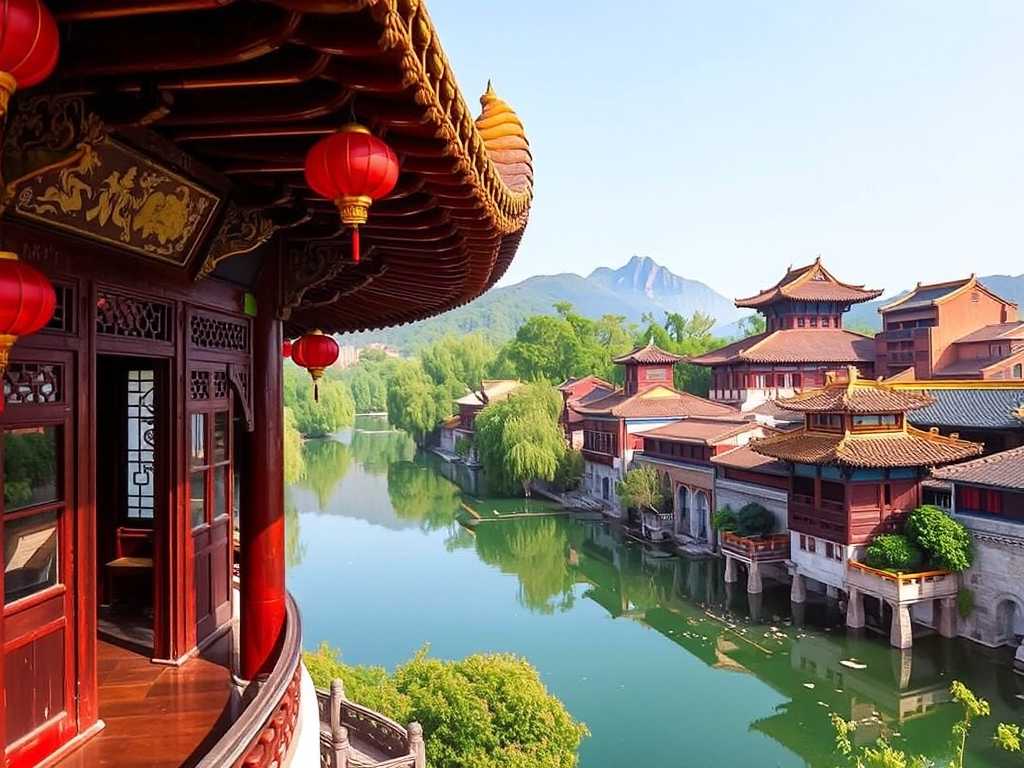
No visit to Beijing is complete without experiencing the serene beauty of the Temple of Heaven. This is where emperors would come to pray for good harvests. The architecture is stunning, but the real magic is in the atmosphere. Come in the early morning to see local Beijingers practicing tai chi, dancing, and playing chess in the surrounding park. It’s a beautiful blend of a historical monument and a living, breathing community space.
From the imperial north, we travel to the scenic wonders of central China. The Li River winding through Guilin and Yangshuo offers what many consider to be China's most iconic landscape. The journey by boat from Guilin to Yangshuo is a 80-kilometer-long painting of sheer karst limestone peaks, misty waters, and water buffalo grazing along the riverbanks. This is the China you've seen in classical scroll paintings. For an even more immersive experience, rent a bicycle in Yangshuo and cycle through the countryside, passing through small villages and rice paddies with those dramatic peaks always on the horizon.
A short flight from Guilin brings you to one of the world's most unique geological treasures. The Zhangjiajie National Forest Park seems like a world from a fantasy novel. Towering sandstone pillars, some over 1,000 meters high, rise from the forest floor, often shrouded in mist. This otherworldly landscape famously inspired the floating "Hallelujah Mountains" in the movie Avatar. Take the Bailong Elevator, the world's tallest outdoor lift, carved into the side of a cliff, for a jaw-dropping view. Then, walk the glass-bottomed skywalk bridges for a thrilling perspective of the forest below. It’s an absolute must for nature lovers and photographers.
Our next stop is a place of profound peace and cultural significance. The Terracotta Army in Xi'an is one of the most significant archaeological discoveries of the 20th century. Standing in the presence of thousands of life-sized soldiers, each with a unique face, built to guard China's first emperor in the afterlife, is a humbling experience. The scale is almost incomprehensible. Be sure to spend time at the excavation pits, and don't miss the bronze chariots and horses, which are marvels of ancient metallurgy. To avoid the largest crowds, try to visit on a weekday afternoon.
While in Xi'an, the ancient starting point of the Silk Road, make time to walk or bike on the city's magnificent ancient city wall. This is the most complete city wall that has survived in China. A leisurely cycle on top of the wall gives you a unique view of the old city, with its bustling Muslim Quarter lying just beyond the gates. As evening falls, head to the Muslim Quarter to explore the narrow, winding streets filled with the aromas of sizzling lamb skewers, flatbreads, and other local delicacies. It's a feast for the senses.
Now, let's venture into the mystical landscapes of Tibet. The Potala Palace in Lhasa is not just a building; it's a symbol. This colossal structure, once the winter home of the Dalai Lama, seems to grow organically from the Red Hill it rests upon. The interior is a labyrinth of chapels, tombs, and prayer halls, filled with the scent of butter lamps and the murmur of prayers. Visiting requires careful planning due to altitude and permit requirements, but the effort is rewarded with a deeply spiritual and awe-inspiring experience. The sight of pilgrims prostrating themselves in devotion in front of the palace is something that will stay with you forever.
For a completely different, yet equally majestic, natural spectacle, we travel to the province of Sichuan. The Jiuzhaigou Valley is a nature reserve renowned for its multi-level waterfalls, colorful lakes, and snow-capped peaks. The water is so clear and vibrant with turquoise and emerald hues that it hardly looks real. Wooden boardwalks allow you to explore the valley at your own pace, passing by iconic spots like Five-Flower Lake and Pearl Shoal Waterfall. Autumn is a particularly magical time to visit, when the foliage turns brilliant shades of gold and red, reflecting perfectly in the still waters.
Finally, we arrive at a city that represents the dazzling future of China. The Shanghai skyline, especially when viewed from The Bund at night, is a breathtaking display of neon and architectural ambition. On one side of the Huangpu River, you have the historical European-style buildings of The Bund, and on the other, the futuristic skyscrapers of Pudong, including the iconic Oriental Pearl Tower. For the best view, take a evening river cruise. Beyond the skyline, explore the traditional alleyways of the Old City and the trendy, boutique-filled neighborhoods of the French Concession to see the many facets of this dynamic metropolis.
To make the most of your trip to these iconic Chinese landmarks, a little preparation goes a long way. Domestic travel is efficient with a high-speed train network, but book tickets in advance, especially during national holidays. Learning a few basic Mandarin phrases like "hello" (nǐ hǎo) and "thank you" (xiè xie) will be greatly appreciated. Be adventurous with food, but also be mindful of your stomach; stick to busy restaurants and drink only bottled water.
China is a country that challenges and rewards the curious traveler. From the man-made wonder of the Great Wall to the natural masterpiece of Jiuzhaigou, each iconic site offers a unique window into the soul of this ancient civilization. By planning thoughtfully and embracing the local culture, you will return home with memories that last a lifetime.


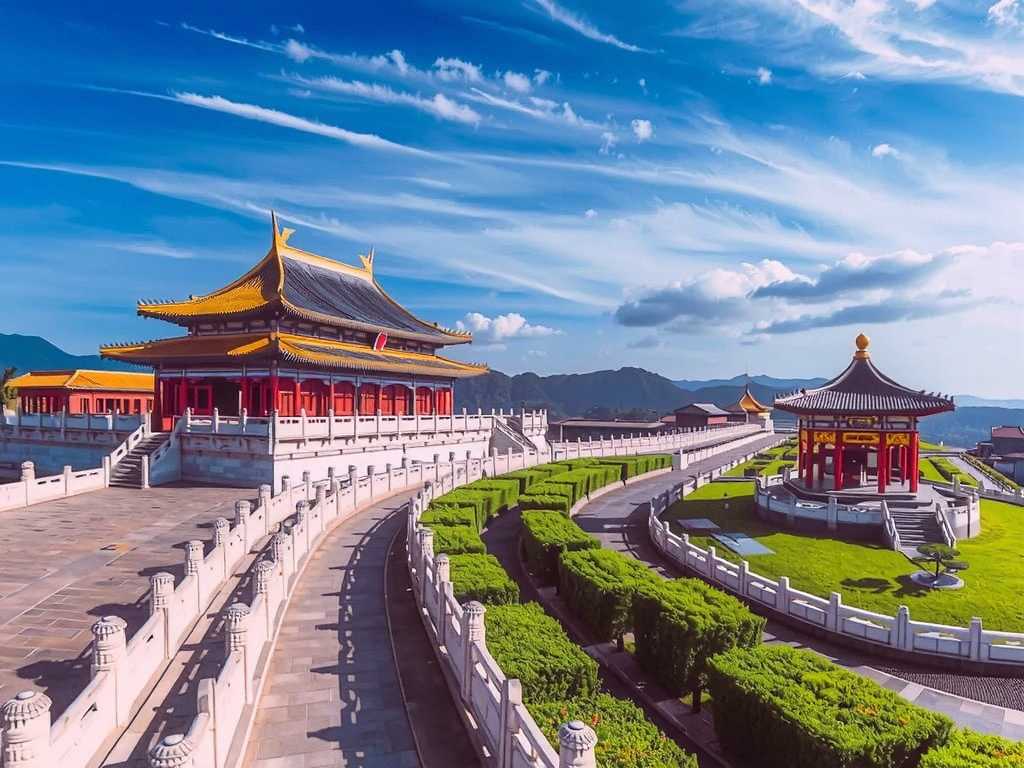
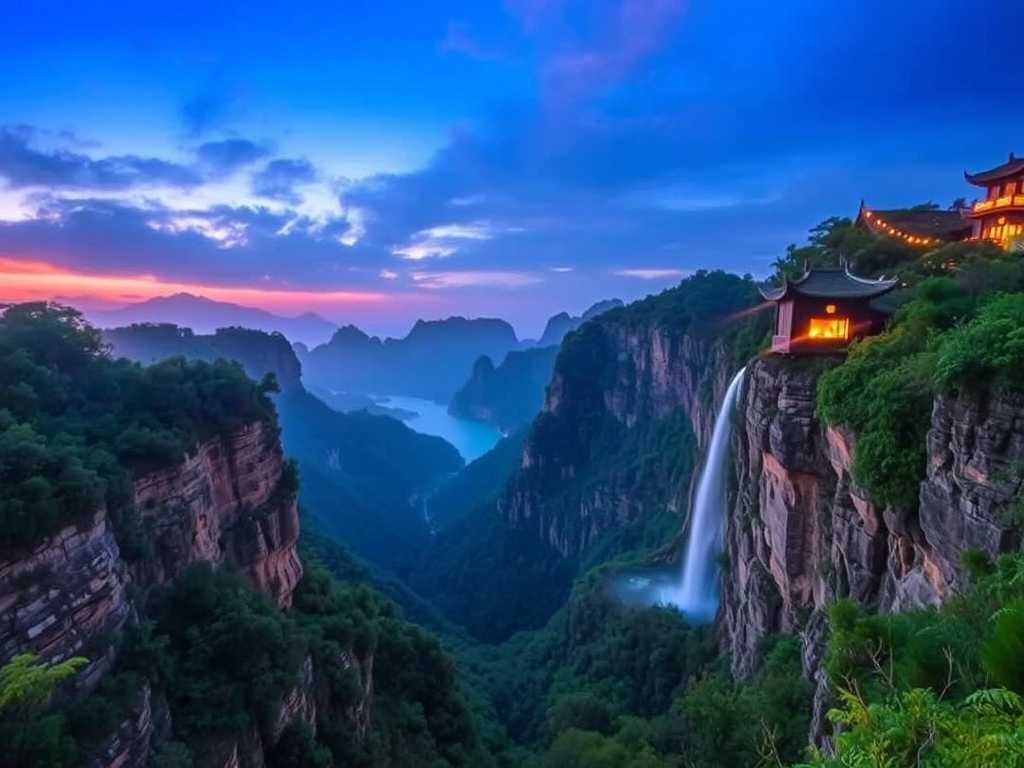
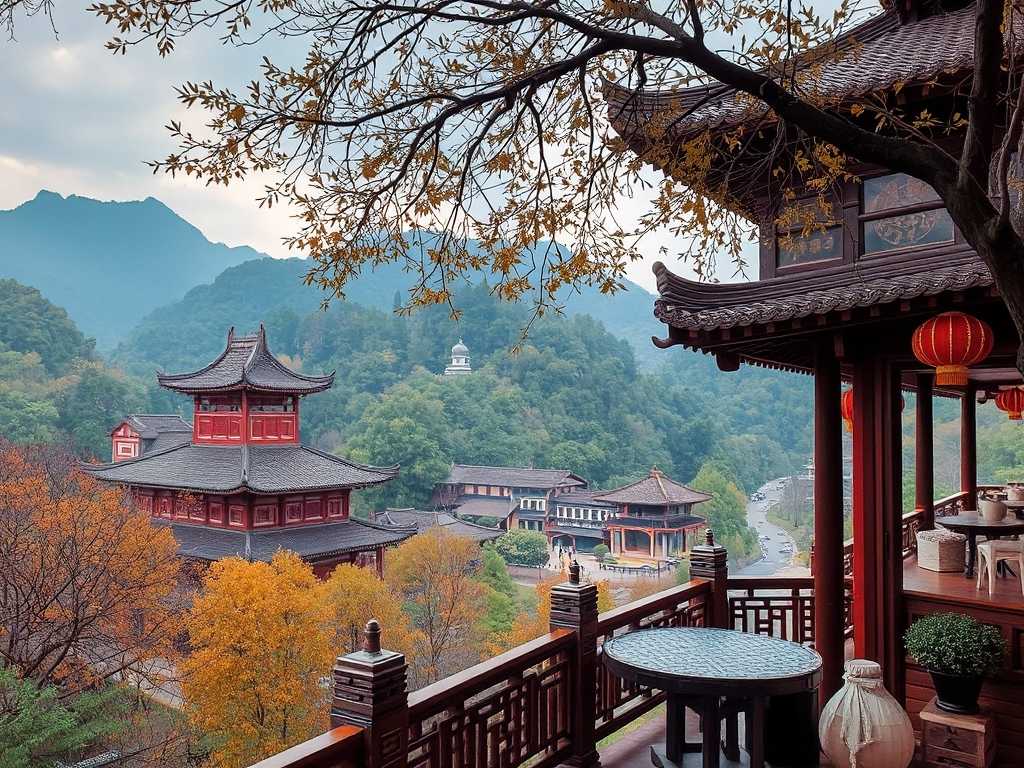
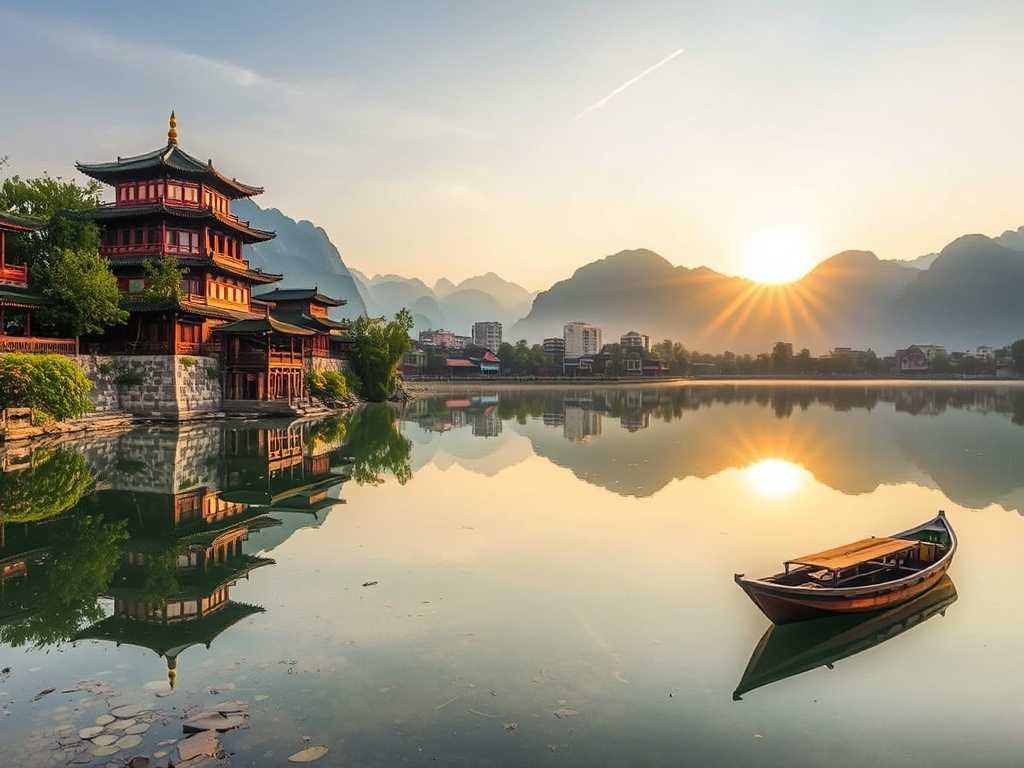
发表评论